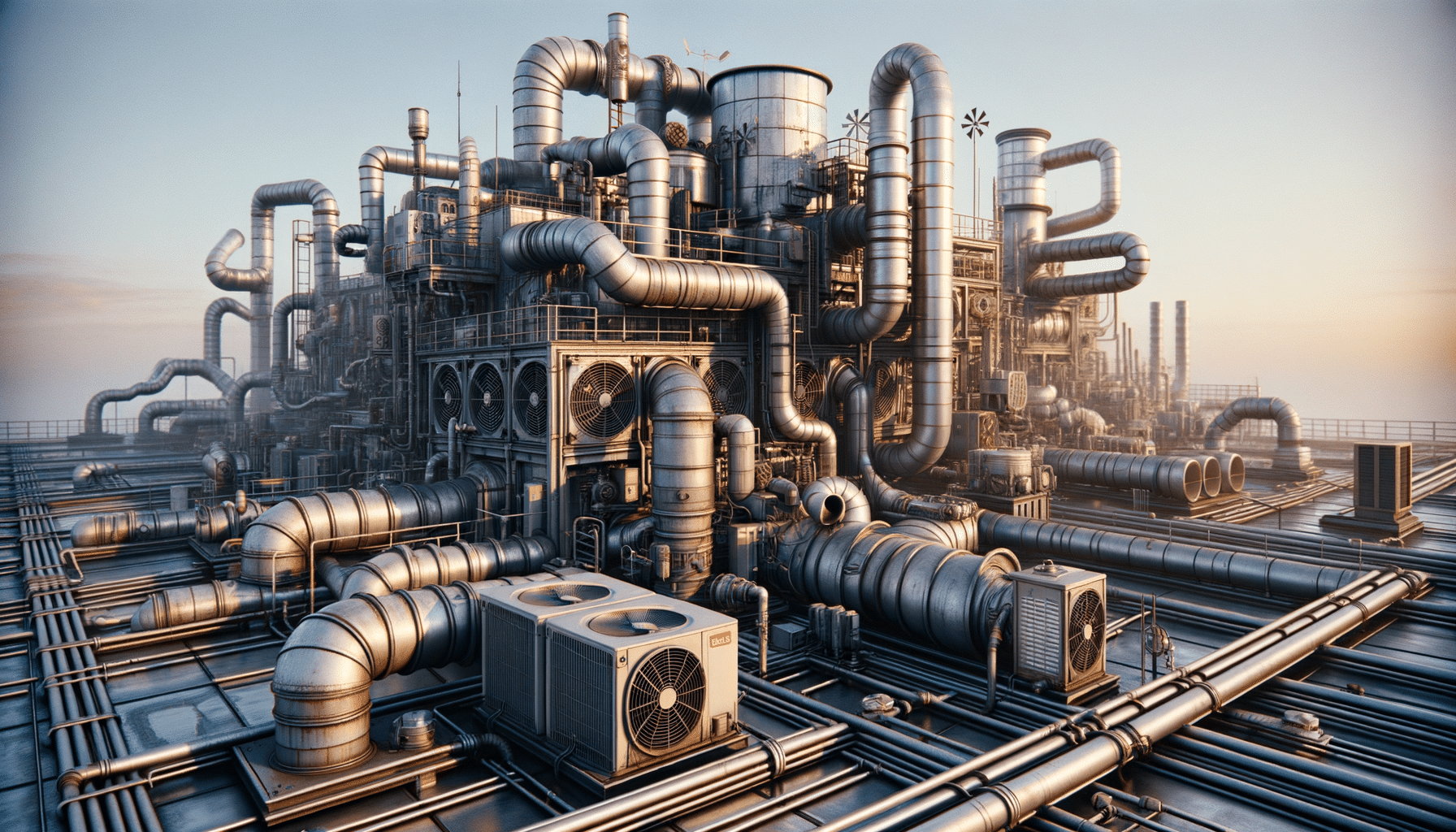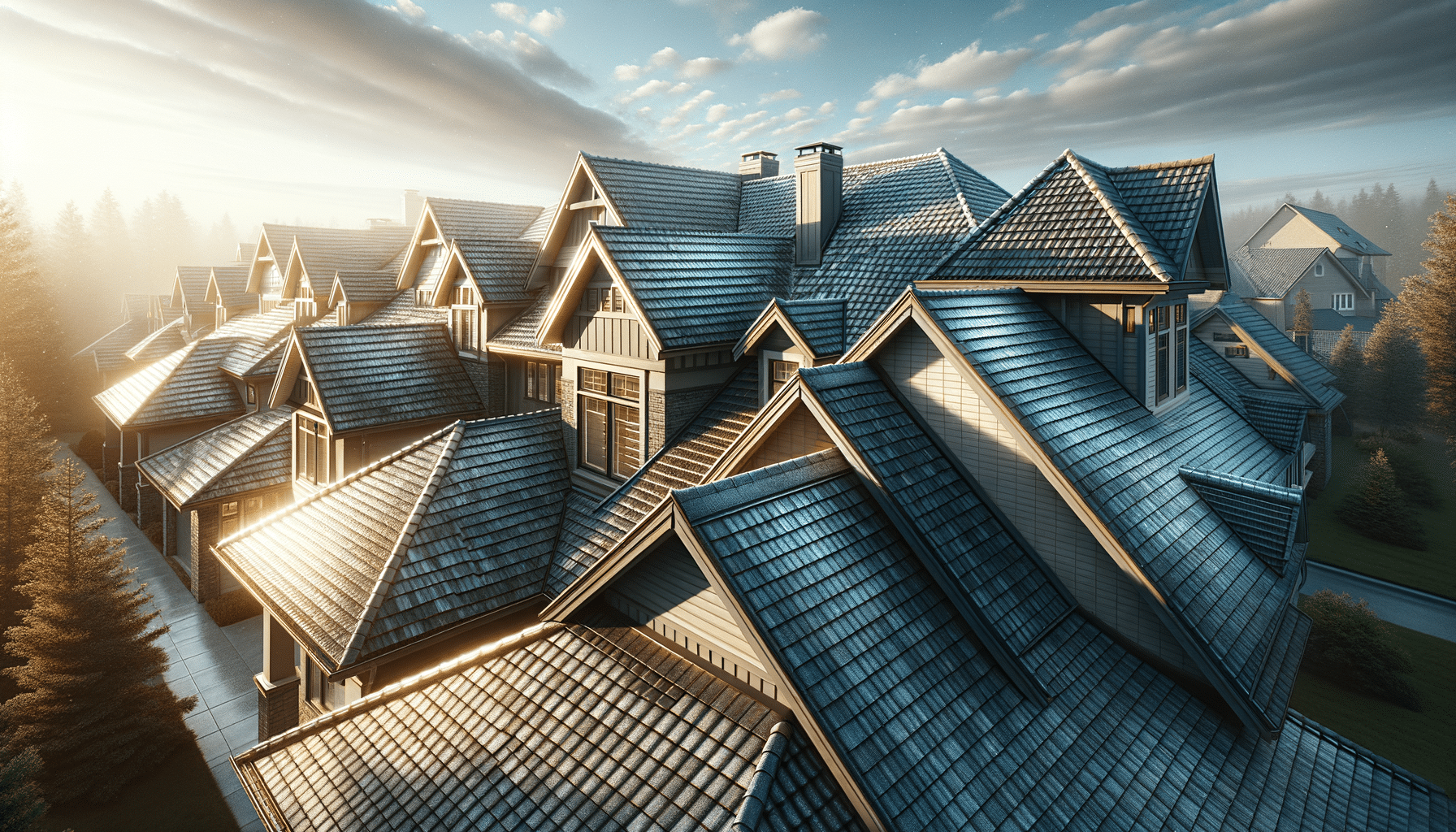
A guide to HVAC Installation Services
Introduction to HVAC Systems
Heating, Ventilation, and Air Conditioning (HVAC) systems are integral to maintaining comfort and air quality in both residential and commercial spaces. These systems regulate temperature, humidity, and air flow, ensuring that indoor environments remain conducive to work, rest, and play. As climates vary and building designs evolve, the role of HVAC systems becomes increasingly vital in achieving energy efficiency and sustainability.
Understanding the components and functions of HVAC systems is essential for anyone involved in building maintenance or design. These systems not only enhance comfort but also significantly impact energy consumption and environmental footprint. As technology advances, HVAC systems continue to evolve, offering more efficient and eco-friendly options.
The importance of HVAC systems extends beyond comfort. In industrial settings, they play a critical role in maintaining process conditions and protecting sensitive equipment. Therefore, choosing the right system and ensuring its proper installation is crucial for optimal performance and longevity.
Components of HVAC Systems
An HVAC system comprises several key components, each playing a distinct role in the overall functionality. Understanding these components can aid in troubleshooting and maintenance, ensuring the system operates efficiently.
- Heating Units: Typically include furnaces or boilers, which use various fuels such as gas, oil, or electricity to generate heat. The choice of heating unit depends on factors like climate, building size, and fuel availability.
- Ventilation: Involves the exchange of indoor and outdoor air to improve air quality. It includes components like air ducts, vents, and fans that facilitate air movement and filtration.
- Air Conditioning: Uses refrigerants to remove heat from indoor air, providing cooling. Air conditioners can be split systems, packaged units, or ductless systems, each offering unique advantages depending on the application.
- Control Systems: Thermostats and sensors regulate the operation of HVAC systems, maintaining desired temperature and humidity levels. Advanced systems offer programmable and smart features for enhanced control and energy savings.
Each component must be carefully selected and integrated to ensure the system meets the specific needs of the building and its occupants. Proper installation and regular maintenance are also critical to prevent breakdowns and optimize performance.
The Role of Industrial HVAC Companies
Industrial HVAC systems differ significantly from residential ones due to their complexity and scale. These systems must accommodate larger spaces and more demanding operational requirements. Industrial HVAC companies specialize in designing, installing, and maintaining these systems to meet the unique needs of industrial environments.
Industrial HVAC companies play a crucial role in:
- Custom Design: Creating systems tailored to the specific needs of industrial facilities, considering factors like heat loads, air quality requirements, and regulatory standards.
- Installation Expertise: Ensuring that systems are installed correctly to prevent energy inefficiencies and operational issues.
- Maintenance and Support: Providing ongoing maintenance and support to ensure systems operate efficiently and reliably. This includes regular inspections, cleaning, and component replacements as needed.
- Energy Efficiency Solutions: Implementing energy-saving technologies and practices to reduce operational costs and environmental impact.
Choosing the right industrial HVAC company is crucial for achieving a system that meets both operational and budgetary requirements. These companies not only provide technical expertise but also offer valuable insights into the latest industry trends and technologies.
Installation Process of HVAC Systems
The installation of an HVAC system is a multifaceted process that requires careful planning and execution. Proper installation is key to ensuring the system operates efficiently and has a long service life. Here’s a step-by-step overview of the typical installation process:
- Assessment and Planning: The process begins with a thorough assessment of the building’s heating, cooling, and ventilation needs. This involves evaluating factors like building size, layout, and insulation levels.
- System Design: Based on the assessment, a customized system design is developed. This includes selecting appropriate components, determining ductwork layout, and considering energy efficiency measures.
- Installation of Components: The next step involves installing the heating, cooling, and ventilation components. This requires skilled technicians to ensure each component is installed correctly and safely.
- Integration and Testing: Once installed, the system is integrated and tested to ensure it operates as intended. This includes checking for leaks, verifying airflow, and calibrating control systems.
- Final Inspection and Handover: A final inspection is conducted to ensure the system meets all specifications and standards. The system is then handed over to the building owner with detailed instructions for operation and maintenance.
Each stage of the installation process is crucial for the system’s long-term performance and reliability. Engaging experienced professionals who understand the intricacies of HVAC systems can make a significant difference in the outcome.
Maintaining HVAC Systems for Longevity
Regular maintenance is essential for keeping HVAC systems in top condition and extending their lifespan. Neglecting maintenance can lead to reduced efficiency, higher energy costs, and unexpected breakdowns. Here are some key maintenance practices:
- Regular Inspections: Scheduling routine inspections to identify potential issues before they become major problems. This includes checking components like filters, coils, and ductwork.
- Cleaning and Replacing Filters: Dirty filters can restrict airflow, reducing efficiency and increasing energy consumption. Regular cleaning and replacement are necessary to maintain optimal performance.
- Checking Refrigerant Levels: Low refrigerant levels can affect cooling efficiency and lead to system damage. Regular checks and top-ups are recommended.
- Inspecting Thermostat Settings: Ensuring thermostats are calibrated correctly to maintain desired temperature and humidity levels.
- Lubricating Moving Parts: Reducing friction in moving parts like motors and fans can prevent wear and tear, extending the lifespan of the system.
By adhering to a regular maintenance schedule, building owners can ensure their HVAC systems operate efficiently and reliably, minimizing downtime and repair costs. Professional maintenance services can provide the expertise needed to address complex issues and optimize system performance.

